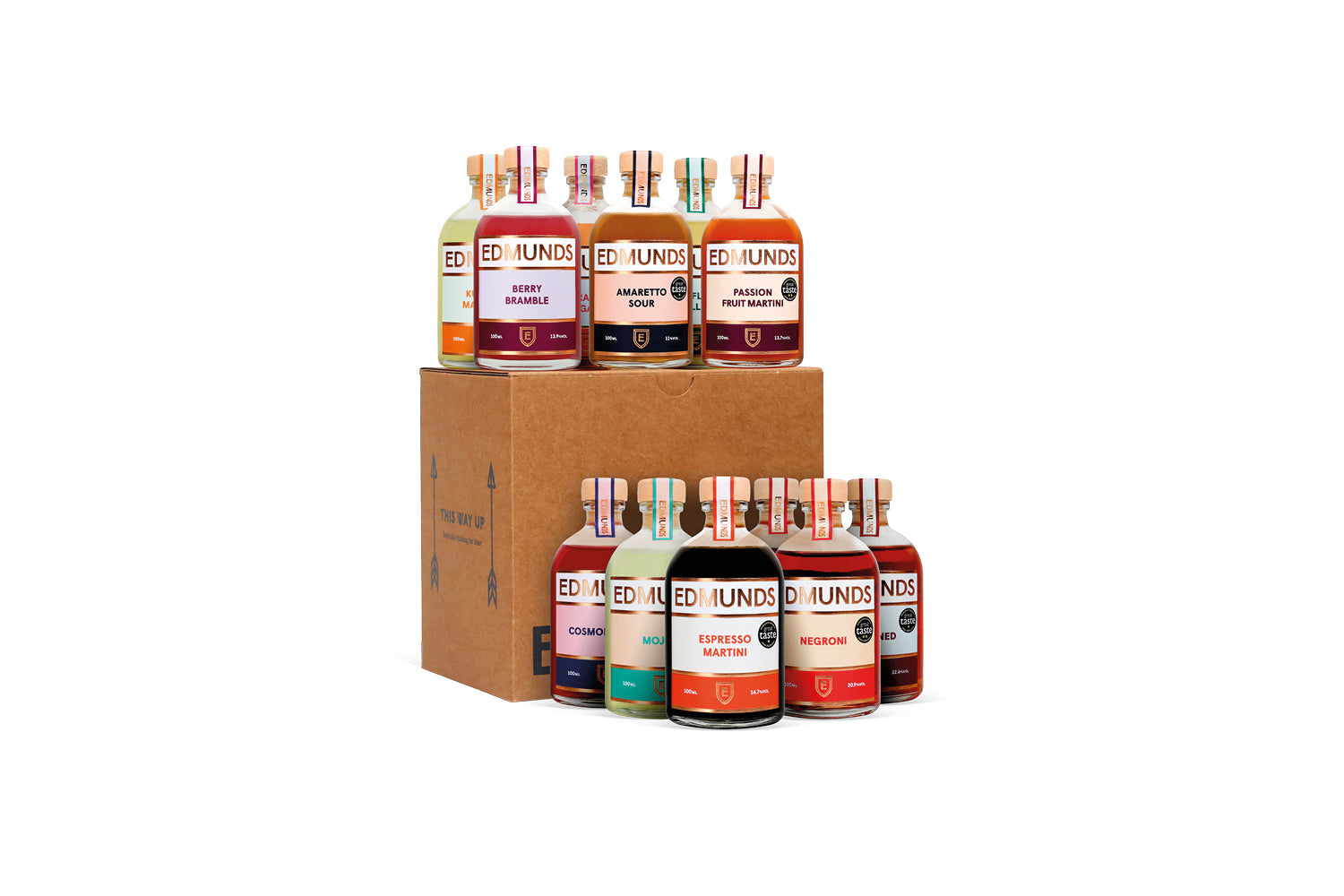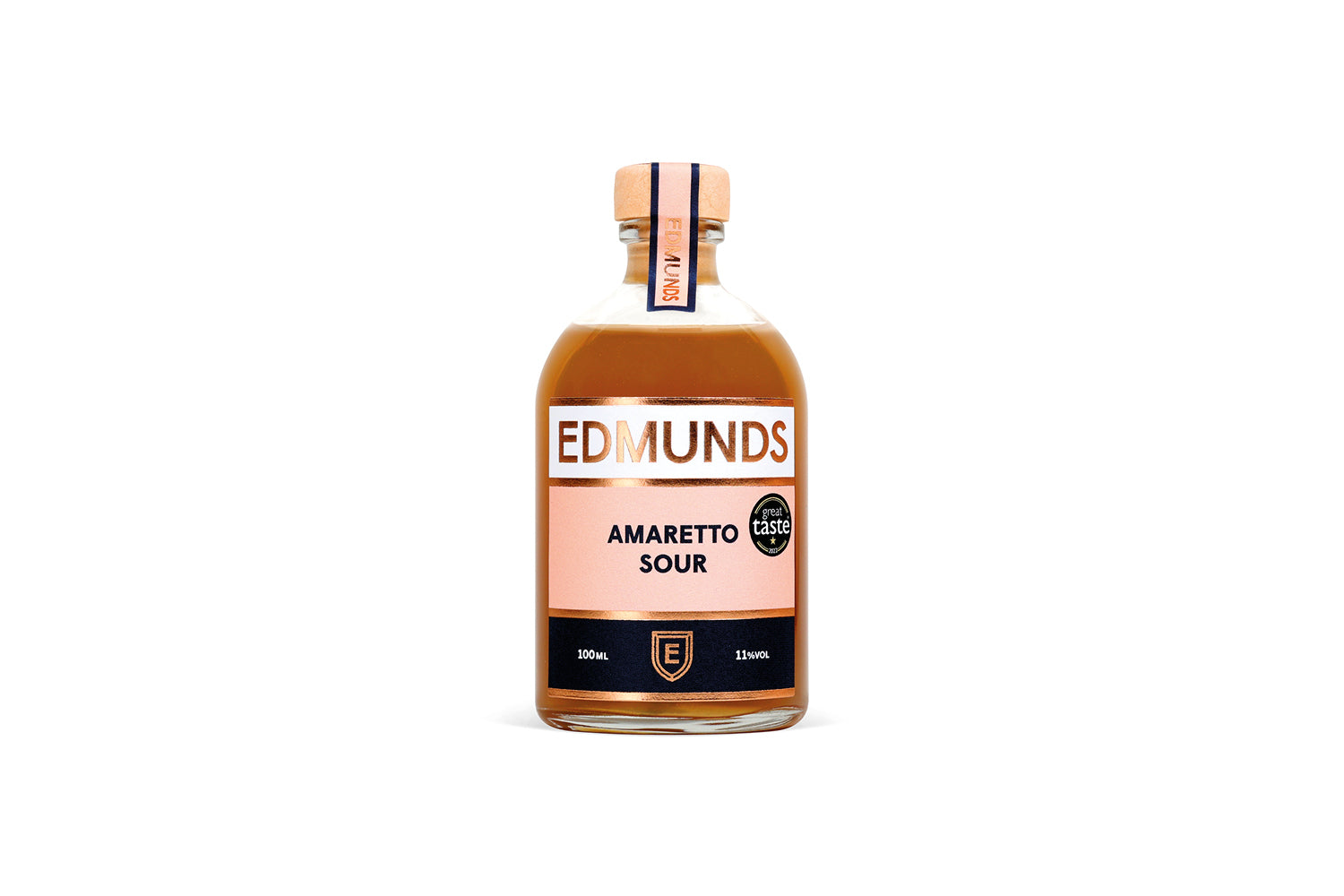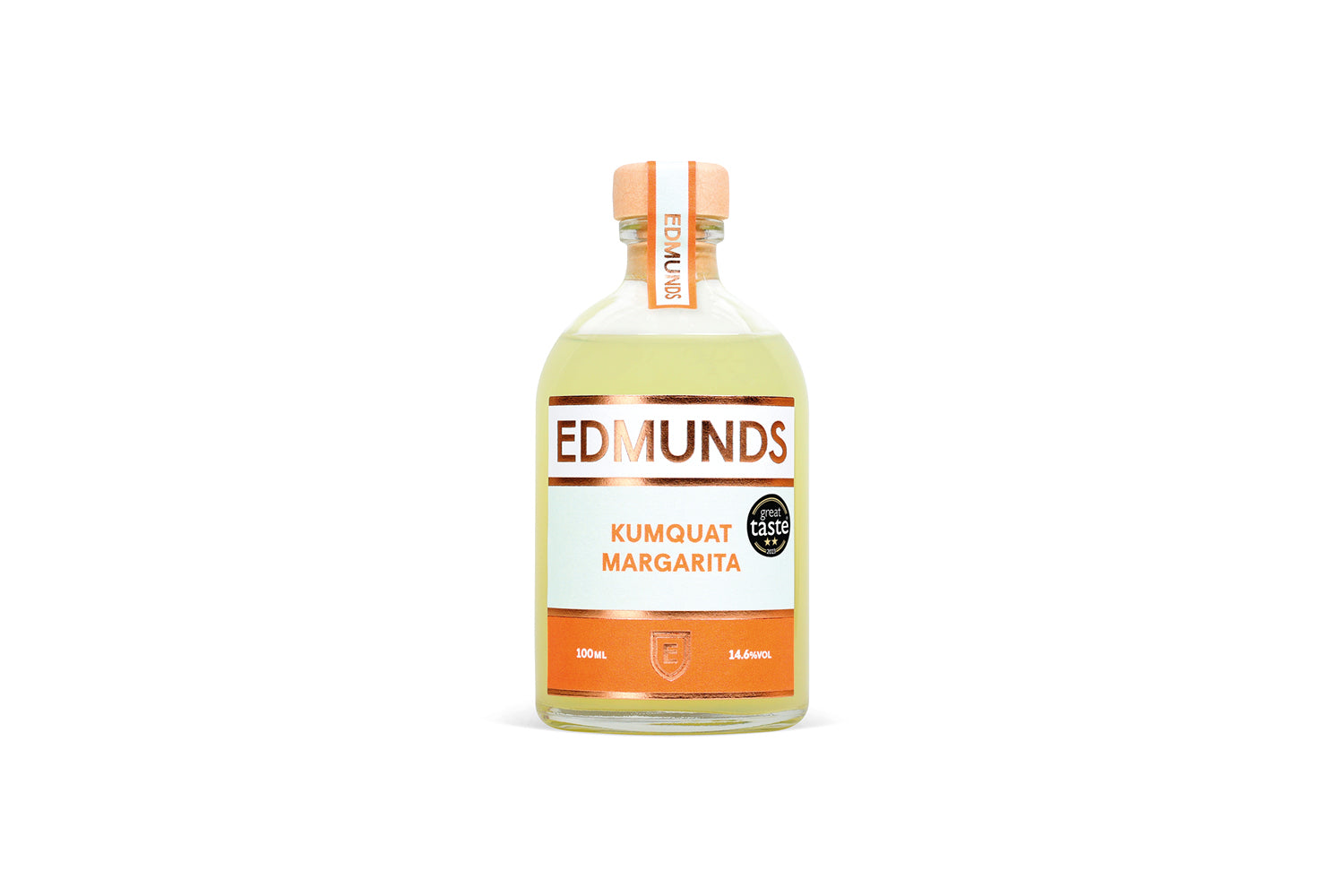Elizabethan mariner – and state-sanctioned pirate – Sir Francis Drake certainly crammed plenty of adventure into his relatively brief life. When he was buried (at sea off the coast of Panama wearing full armour and encased in a lead-lined coffin) he was only in his fifties, having spent most of his adult years circumnavigating the globe, skirmishing with the Spanish Armada and plundering multiple tonnes of New World gold in the service of Queen and country.
Drake versus the Mojito
What’s perhaps less well-known is his reputed link with the Mojito cocktail. The story has it that Drake moored up in Cuba in the 1580s, his ship already packed to the gunwales with Spanish gold – but still apparently on the trail of the glittering Aztec prizes that were stored in Havana – while his crew were battling debilitating outbreaks scurvy and dysentery.
Although Drake eventually left empty-handed*, legend has it that a drink comprising a rough spirit distilled from cane sugar – ‘aguardiente’ – with sugar, lime and mint was created in his name and subsequently pressed into service as a way of relieving colds and fever. It’s a drink that was still being consumed for its medicinal properties well into the nineteenth century – especially during times of cholera.
Fast forward to the mid-1800s and the inauguration of the Bacardi Company in Santiago de Cuba, famous for its premium light rum. Founded by Spanish immigrant Facundo Bacardí Massó, the company created a much more sophisticated style of rum that used a special yeast and a charcoal-filtered process followed by ageing in white oak barrels to produce a clear, rather than amber, spirit that made it the perfect cocktail ingredient.
The Mojito – so similar in composition to the Drake – was heavily promoted by the distillery, alongside cocktails such as the Daiquiri and Cuba Libre (made with Coca-Cola, supposedly to celebrate the end of the Spanish-American war) in the early 1900s. In fairness, though, we probably have Prohibition to thank for the wider awareness of the Mojito – and its likely progenitor, the Mint Julep – as affluent Americans flocked to Cuba to sample cocktails that were strictly forbidden in the US.
A very Cuban cocktail
This is where Ernest Hemingway enters the equation (of course he does; the man drank his way solidly around the West Indies and no Caribbean cocktail story worth its salt is absent a Hemingway anecdote).
In the 1940s and 50s, Hemingway lived in a small town – San Francisco de Paulo – close to Havana and reportedly spent a lot of time knocking back a super-strength daiquiri-style cocktail (Papa Doble) created especially for him by the bartender at El Floridita. Another Havana bar, Bodeguita del Medio, displays a framed note from the novelist extolling the virtues of the Mojito, although Hemingway doesn’t mention the cocktail anywhere else, unlike the Daiquiri which makes an appearance in his posthumously published novel, Islands in the Stream.
Essentially a highball, it’s easy to see why the Mojito is a popular choice in hot climates. It’s also straightforward to make as it requires only a handful of ingredients. Most recipes call for a handful of mint leaves muddled in a jug with a spoonful of simple syrup and lime wedges. Add a good measure of white rum, then strain into a tall glass filled with crushed ice, before topping with soda and garnishing with a mint sprig.
There are myriad variations on the theme – you can top with champagne instead of soda water to create a Royal Mojito or swap the rum for tequila for a Mexican Mojito, for example, while a splash of elderflower liqueur adds a fragrant top note that’s perfect for summer.
At Edmunds, we’ve stuck with a classic Mojito recipe – premium white rum, lime juice and sugar syrup infused with mint. Simply shake with ice, pour into an ice-filled glass and add your own soda for an awesomely refreshing cocktail in minutes.
*Apart, that is, from the massive stores of gold he’d already pinched from every port in South America.










































































